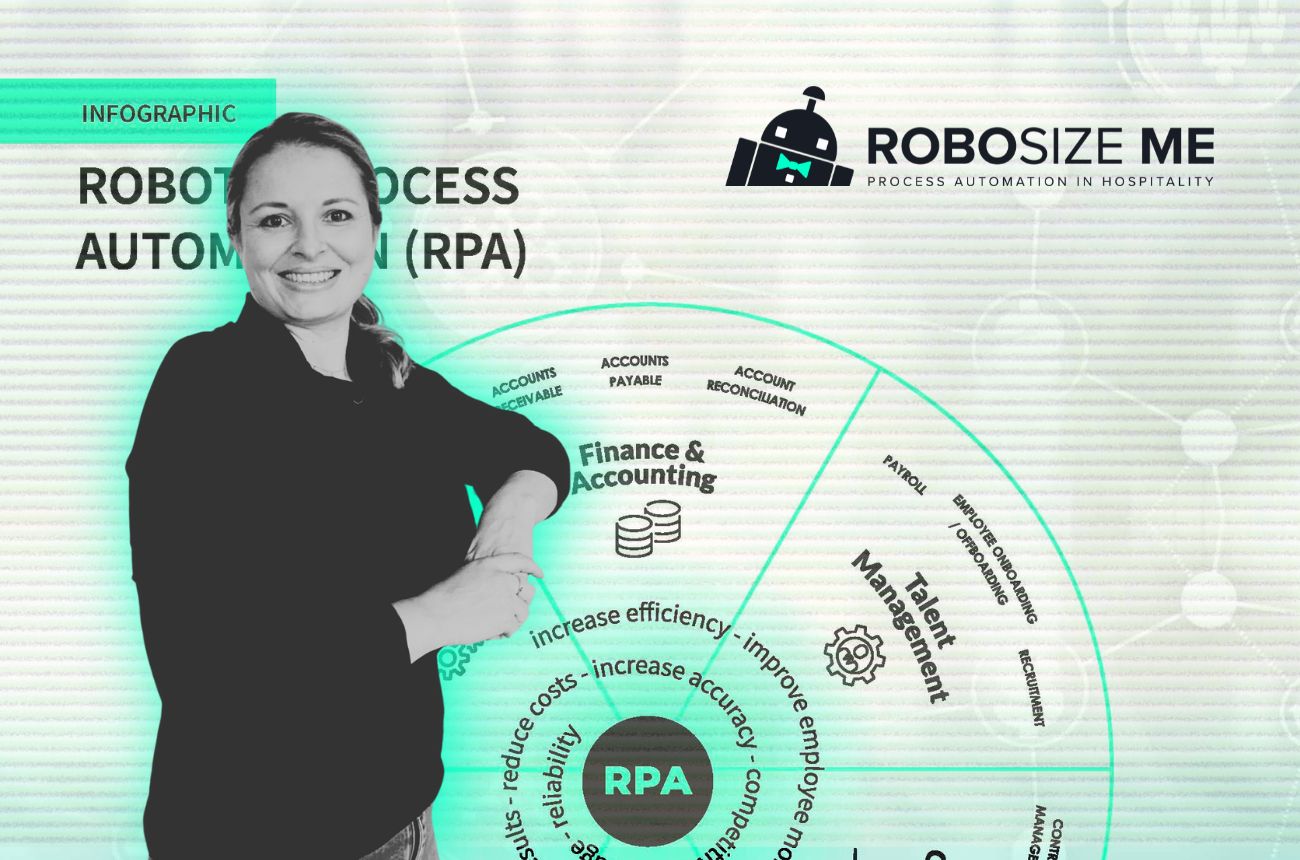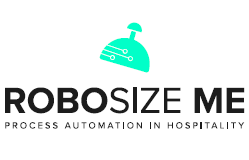

1. Assess current operations and explore market options
Begin by evaluating your hotel's existing workflows to
identify where automation will have the greatest impact. Focus on tasks that
are repetitive, manual, and time-intensive—common in areas like finance,
customer service, and housekeeping.
For example, finance teams often handle large volumes of
invoicing, payroll, and reconciliation—ideal for automation. Similarly, guest
services may benefit from automating tasks such as responding to inquiries,
updating CRM systems, or managing bookings.
It’s also important to understand the broader landscape.
Research what RPA tools are available and how competitors are using them.
Benchmarking against industry practices will help ensure your solution is both
relevant and future-ready.
2. Build a strong business case
Once key automation opportunities are identified, develop
a compelling business case. Quantify the expected benefits—such as cost
savings, faster processing, improved accuracy, or enhanced guest satisfaction.
This step should align automation objectives with
strategic business goals. For instance, reducing manual input in finance may
lower error rates and free up staff to focus on more guest-centric activities.
A well-defined business case should clearly illustrate the return on investment (ROI) and how automation can elevate the overall guest experience.
3. Define capability requirements
With a business case in place, determine the specific
features and scope your RPA solution must deliver. Decide which processes can
be fully automated and which may require human oversight.
For example, automating loyalty program updates might be
a key focus in customer experience, while finance teams may prioritise accounts
reconciliation. Your capability targets should align with your broader
operational strategy.
This stage may also involve assessing whether your
current team has the technical skills to manage the solution or if external
expertise is needed.
4. Map the execution strategy
Identify internal and external factors that could impact
rollout—such as staff readiness, system compatibility, regulatory
considerations, or organisational attitudes toward change.
Then, build a detailed execution roadmap that includes
timelines, resource planning, and integration touchpoints. Seamless integration
with existing systems—like PMS, CRM, or financial platforms—is essential for
success.
Anticipate possible challenges, such as resistance to
change or unexpected technical issues, and include contingency plans to
minimise disruption.
5. Implement and optimise
Finally, execute the plan and launch your RPA solution.
Ensure all relevant stakeholders are involved and that the implementation is
embedded into daily operations.
Post-launch, monitor performance closely. Track key
metrics like error reduction, processing speed, and cost savings. Use this data
to fine-tune processes and adapt to new opportunities as they arise.
Continuous optimisation is crucial—RPA is not a
set-it-and-forget-it solution. Regular reviews will ensure the system continues
to support your goals and evolves with the needs of your business.
Conclusion
By following this structured five-step approach,
hospitality businesses can successfully navigate their RPA adoption journey.
From finance to guest relations, automation can drive significant
value—reducing errors, boosting efficiency, and freeing up staff to focus on
what matters most: the guest experience.
At RobosizeME, we help hotels deploy tailored RPA
solutions that deliver measurable results and long-term value.
Key takeaways
- A
clear understanding of current processes and available technologies is
essential to identify automation opportunities.
- A
well-founded business case supports stakeholder buy-in and justifies
investment in RPA.
- Capability
goals must align with business needs and define the scope of automation.
- An
execution roadmap helps ensure smooth deployment and system integration.
- Ongoing optimisation ensures sustained performance and adaptability over time.
For more information visit robosize.me





-2.jpg)

